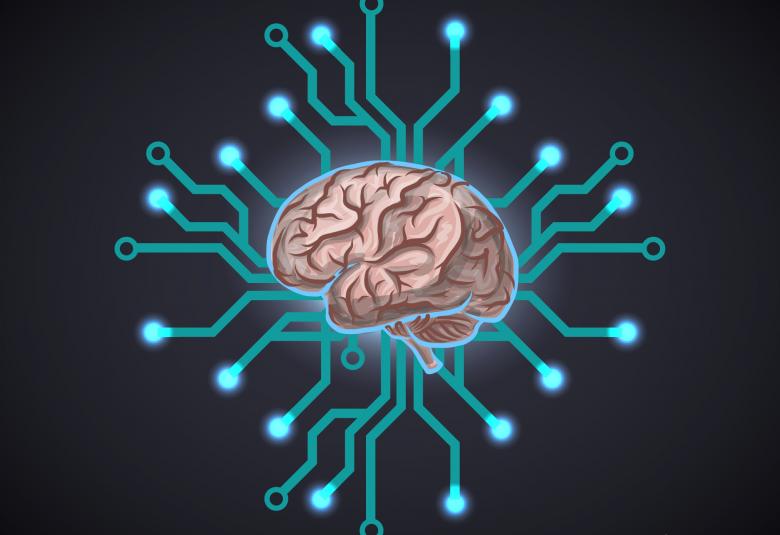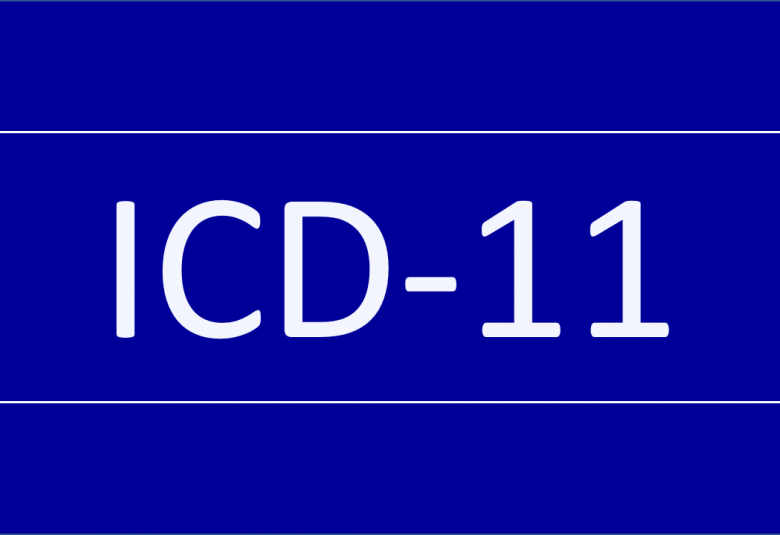How realistic is the presentation of migraine in the media? Does it help raise awareness and lessen stigma for patients with migraine? The results of study detailed in a poster at IHC2021 provides new thought-provoking insights on the topic.
How realistic are stock images of migraine attacks?
An anonymous web-based survey was carried out to investigate how patients with migraine and healthcare workers perceive stock images of migraine attacks. Ten selected stock pictures (Adobe Stock©) of migraine attacks were presented to:
How migraine is depicted in the media can help raise awareness and reduce stigma
- 367 patients with migraine treated at the Charité Headache Center in 2020 — 87% female, mean age 45 years, 86% Northern or Central European descent
- 331 Charité employees and students — 74% female, mean age 32 years, 86% Northern or Central European descent
Participants were asked to provide a realism score of 0–100% for each picture based on how much they thought each picture corresponded to a realistic migraine attack.
Less than 50% of patients with migraine and healthcare workers thought stock pictures of migraine attacks were realistic
The results were detailed in a poster presented by Bianca Rafaelli and colleagues.
How did patients with migraine and healthcare workers perceive stock images of migraine?
The mean realism scores for stock images of migraine attacks were:
- 48% for patients with migraine
- 46% for healthcare workers
Analysis of the scores for different categories of picture, revealed that both patients and healthcare workers considered that:
- Pictures with male actors were more realistic than pictures with female actors (p<0.001)
- Pictures with older actors were more realistic than those with younger actors (p<0.001)
Pictures with older male actors and bilateral pain posture were considered most realistic
The healthcare group (but not the migraine group) also considered that a bilateral pain posture was more realistic than a unilateral pain posture (p<0.001).
The authors concluded that as patients and healthcare workers do not perceive standard images of migraine attacks as realistic, better representation in the media could help raise awareness for migraine and reduce associated stigma.
Our correspondent’s highlights from the symposium are meant as a fair representation of the scientific content presented. The views and opinions expressed on this page do not necessarily reflect those of Lundbeck.




